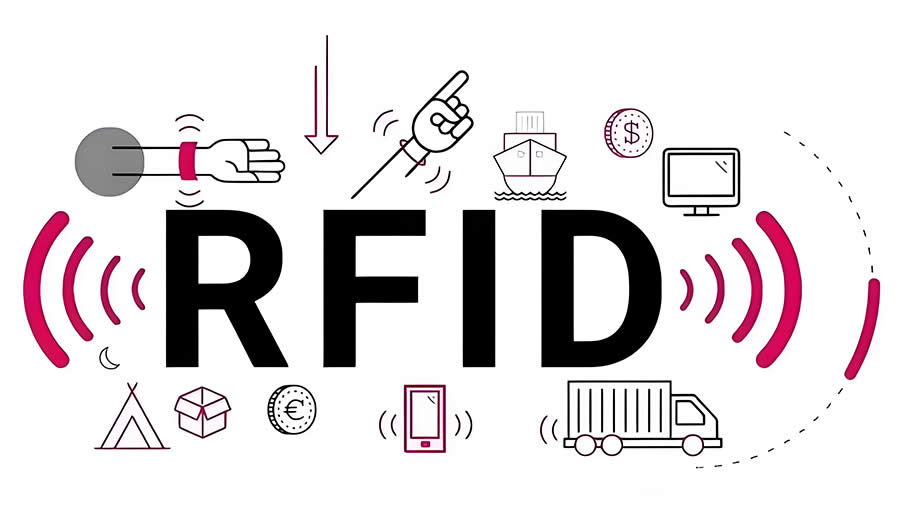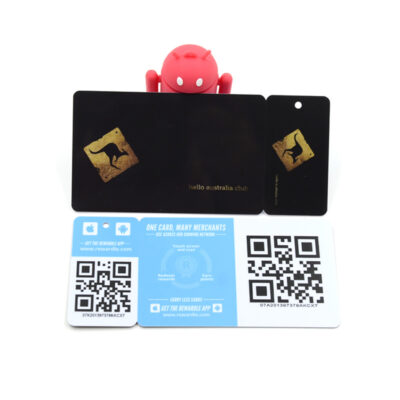What is RFID?
RFID, or radio frequency identification, is a technology that uses electromagnetic fields to automatically identify and track tags on objects. Tags contain electronically stored information, and RFID readers can read them without direct contact, making it a versatile and efficient method for data collection and management.

Components of RFID
RFID systems typically consist of three main components:
RFID tags: These small devices contain a microchip and an antenna. The microchip stores information about the object to which the tag is attached, while the antenna is used to communicate with the RFID reader. There are two main types of RFID tags:
Passive tags: These tags have no power source and rely on energy from an RFID reader to transmit data. They are typically smaller, less expensive, and have a shorter read range.
Active tags: These tags have their own power source and can transmit signals over longer distances. They are typically used to track larger items or assets.
RFID Reader: These devices transmit radio waves to communicate with RFID tags. When a tag comes within range, it receives the radio signal and responds, sending back its stored information. Depending on the application, RFID readers can be handheld or fixed.
Middleware/Software: This component processes the data collected by RFID readers and integrates it into existing systems, such as inventory management or supply chain software. It helps analyze and manage the data to make better decisions.
How RFID Works?
The RFID process begins with an RFID reader transmitting a radio frequency signal. When an RFID tag enters the reader’s range, it captures the signal and activates (in the case of passive tags). The tag then transmits its stored information back to the reader, which decodes the data and sends it to a computer system for processing.
RFID Applications
RFID technology has a wide range of applications in various industries, including:
Retail: RFID is used for inventory management, allowing retailers to track stock levels in real time and reduce shrinkage due to theft or misplacement.
Logistics and Supply Chain: RFID helps track goods, manage warehouse inventory, and improve supply chain efficiency.
Healthcare: Hospitals use RFID to track medical equipment, manage patient records, and ensure medication security.
Transportation: RFID is used in toll collection systems, vehicle tracking, and public transportation fare collection.
Manufacturing: RFID helps monitor production processes, manage assets, and ensure quality control.
Advantages of RFID
RFID technology offers several advantages, including:
Speed and Efficiency: RFID can read multiple tags simultaneously, significantly speeding up processes like inventory counting and asset tracking.
Accuracy: RFID reduces human errors associated with manual data entry and improves the accuracy of inventory management.
Real-time Data: RFID provides real-time visibility into inventory levels and asset locations, enabling better decision-making.
Durability: RFID tags can withstand harsh environments, making them suitable for a variety of applications.
RFID technology is revolutionizing how businesses manage and track assets. With its ability to provide real-time data and improve operational efficiency, RFID is becoming an essential tool across industries. As the technology continues to advance, the applications and benefits of RFID are expected to expand further, making it a vital component of modern data management systems.






